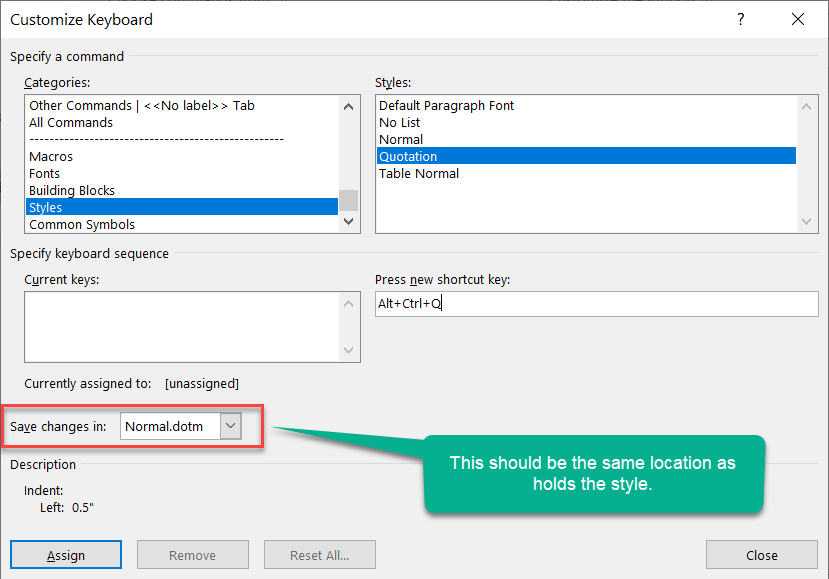

- #How can i get footer to print in word 2011 for mac software
- #How can i get footer to print in word 2011 for mac trial
In 2019 Bristol-Myers Squibb bought Celgene for $US74 billion.Ĭurrently there are three CAR-T drugs in the market – Yescarta, Tecartus (both made by Kite Pharma) and Kymriah (made by Novartis). In 2017 Gilead Sciences bought cell therapy business Kite Pharma for $US11.9 billion, and in 2018 Celgene bought Juno Therapeutics for $US9 billion. “Effectiveness in solid tumours is the holy grail of the next generational wave of CAR-T cell development,” Darcy says.Īt least 30 companies globally are developing CAR-T therapies and billions of dollars are being invested into the field. Treatments have since been approved by the Therapeutic Goods Administration for certain blood cancers, and now work is under way for solid cancers including brain cancer. But the critics have since been silenced.ĬAR-T gathered speed with successful trials in 20, particularly for B-cell lymphomas in children.
:max_bytes(150000):strip_icc()/Webp.net-resizeimage2-5b7489e646e0fb0050e37eee.jpg)
“It wasn’t an off-the-shelf treatment like a drug in a bottle,” says Darcy. Twenty-five years ago when CAR-T was little more than an idea, Peter Mac’s Professor Phillip Darcy recalls there was scepticism about how well it would work and concerns that it may be too laboursome and costly. This centre will provide more than 200 leukaemia and lymphoma cancer patients access to immunotherapies including CAR-T. It is also the home of the Centre of Excellence in Cellular Immunotherapy, which was established with government support in 2019.
#How can i get footer to print in word 2011 for mac trial
In Australia, Melbourne’s Peter MacCallum Cancer Centre was responsible for performing the country’s first CAR-T trial in 2007. But it’s starting to enter the vernacular of patients and oncologists for the first time thanks to this groundbreaking therapy which uses a person’s own immune system to recognise and attack cancer cells. “Cure” is not a term used lightly when it comes to cancer. But Adami is now cancer-free thanks to a transformative emerging immunotherapy treatment known as CAR-T. Her fight with lymphoma took her on a 12-year journey involving seven clinical trials, countless hospital visits and multiple near-death experiences. “I realised that half the people with my diagnosis relapsed in their first year.”Īdami’s pre- and post-CAR-T therapy PET scans. “In 2006 there wasn’t immunotherapy, so brute force chemo was pretty much it and if you failed, you went into a stem cell transplant,” she says.

This would be the first of six relapses for Adami. While the cancer seemingly disappeared after three cycles, a few months afterwards it returned with a vengeance. Within weeks, she had started chemotherapy. Her cancer was considered treatable, but not curable. On Good Friday 2006, she was diagnosed with stage four follicular non-Hodgkin’s lymphoma, after a PET-CT scan revealed a mass the size of a grapefruit. Laurie Adami had terminal cancer and was treated with CAR-T therapy. She knew this whole-body exhaustion was something else.
#How can i get footer to print in word 2011 for mac software
Given she was a busy working mum, they opined, it was hardly surprising she was tired at the end of the day.īut having worked for 24 years – many of them flying to New York and London every month from Los Angeles, where she was a president at a software company – Adami was no stranger to tiredness. It was 2006 and the high-flying tech executive, who was juggling her career while raising a young son, was told by doctors her blood tests looked normal. Laurie Adami was 45 when she began “feeling crummy”, exhausted and plagued with constant sinus infections.


 0 kommentar(er)
0 kommentar(er)
